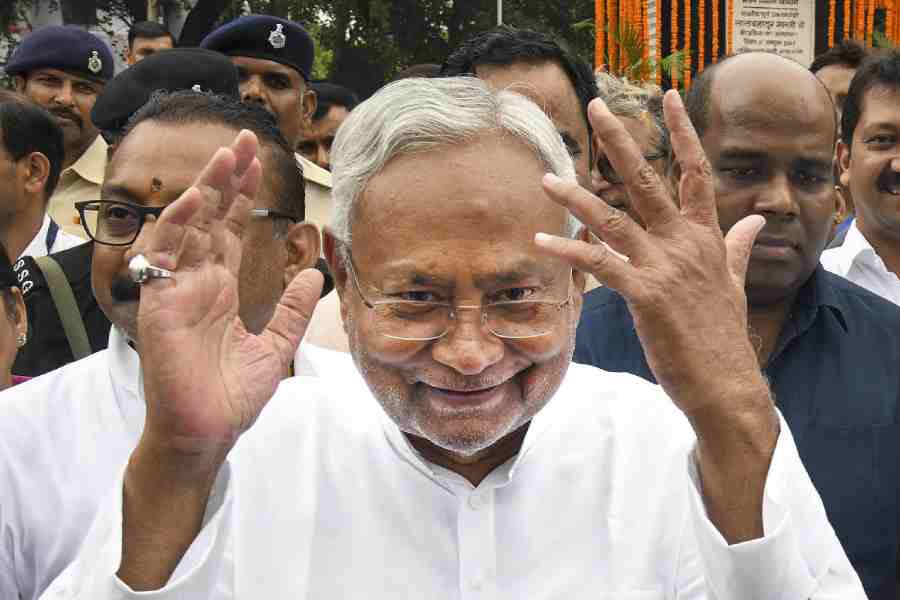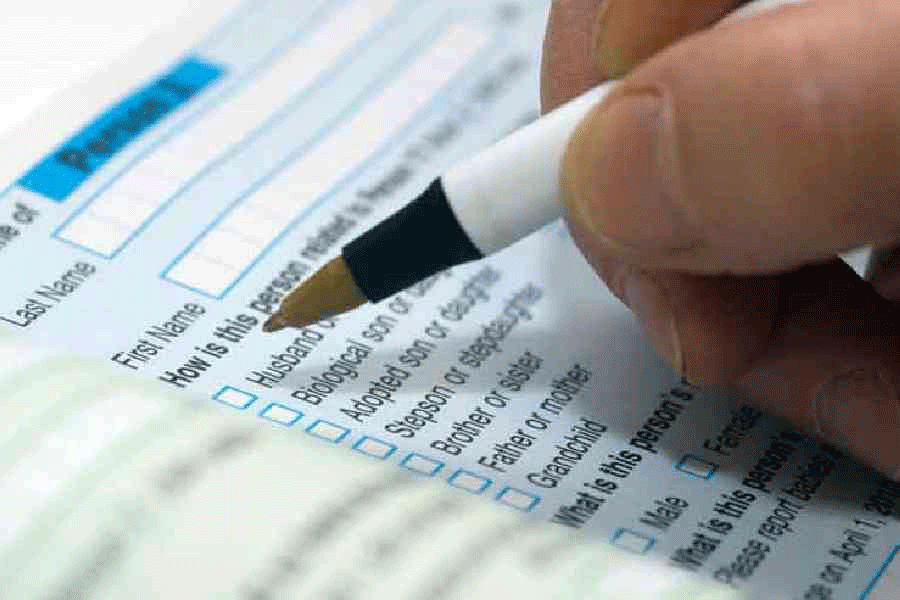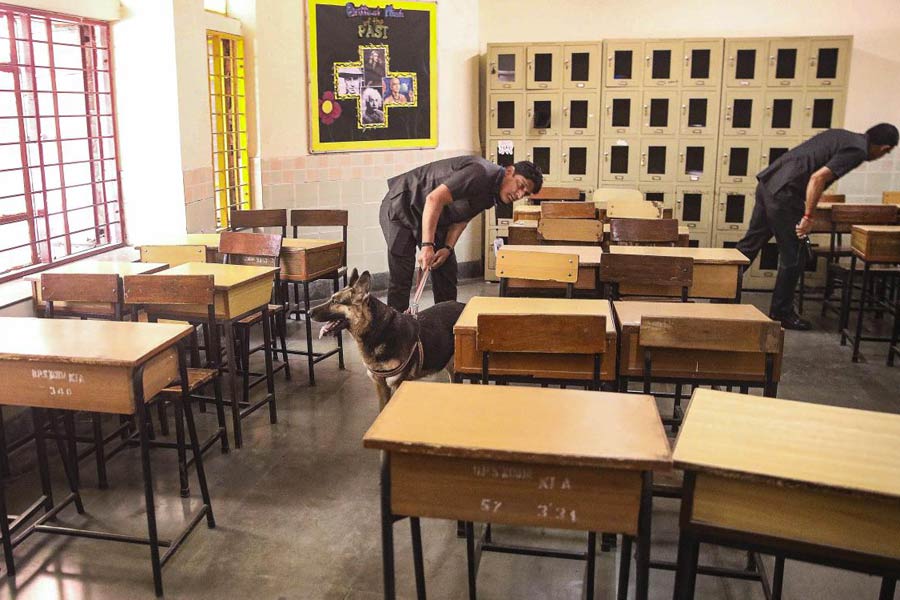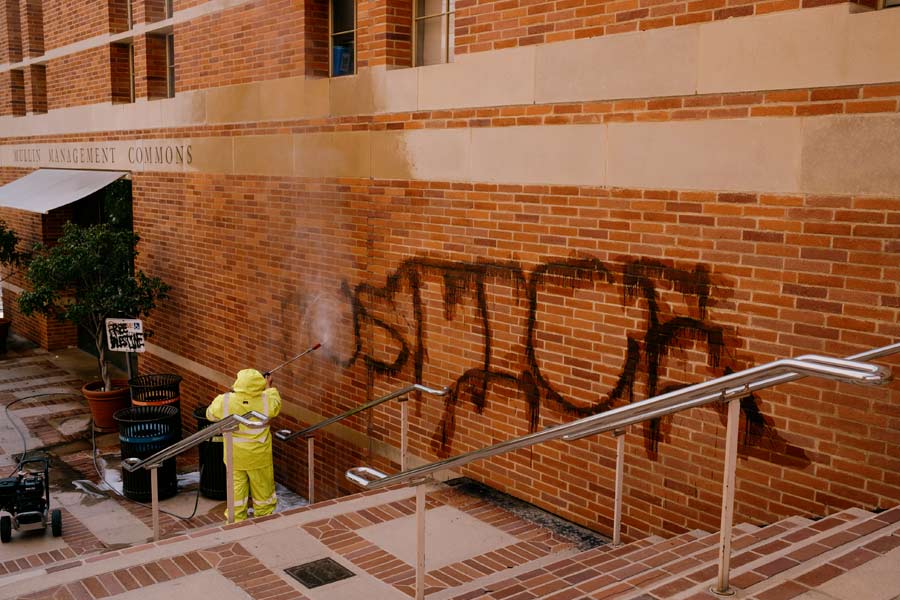Bihar chief minister and INDIA protagonist Nitish Kumar has triggered a political ripple that could potentially travel across neighbouring geographies such as Uttar Pradesh and rock the heartland campaign for power in 2024.
The publication on Monday, Gandhi Jayanti, of the "Bihar Caste-based Survey 2022" is a flaming dare to the BJP, which had opposed the move for fear that revelation of refreshed caste numbers would provide electoral leverage to Mandal parties such as Bihar’s power duo, the RJD and the JDU.
So while Nitish and his predecessor-partner Lalu Prasad roundly hailed the report — Lalu called it a “historic moment” — the BJP clearly sounded irked and rattled. “This caste-based survey report is nothing but an attempt to spread illusion among the poor people. Lalu and Nitish have ruled Bihar for 33 years. They should give a report on what they did for the poor during this period,” Union minister for rural development and state BJP topgun Giriraj Singh said.
Two key takeaways from the report unveiled on Monday: OBCs and EBCs together add up to nearly 63 per cent of the population, at least five per cent more than earlier thumb-rule estimates. Upper castes, if the Muslim component of Sheikhs, Sayyads and Pathans is subtracted, make up only a little more than 10 per cent, several percentage points less than hitherto believed figures. The numbers will be music to the INDIA coalition; they will rankle in BJP ears.
The report pegs the Bihar population at 13.07 crore with 36.02 per cent EBCs, 27.13 per cent OBCs, 19.65 per cent Scheduled Castes (SCs), 15.52 general or unreserved castes and 1.68 per cent Scheduled Tribes (STs).
General elections are a sniffing distance away; Bihar’s ruling coalition appears to have moved early and aggressively on the poll chessboard. Monday's venture is a straight hit at the BJP as it pits politically aware and ambitious caste identities against the planks of Hindutva and ultra-nationalism. Nitish has indicated in the past that reservation could be revisited after the survey report; several political parties have demanded reservation to castes in proportion to their population.
Religion wise, Bihar has 81.99 per cent Hindus, 17.70 per cent Muslims, 0.05 per cent Christians, 0.011 per cent Sikhs and the rest comprising Buddhists, Jains and others. The state has 2,146 atheists as well.
“Preliminary house-listing was done in January this year. Actual survey started on April 15 with the help of government officials. All data was collected by August 5. We randomly verified around 5 per cent of data or around 7.9 crore entries to rule out errors at the time of survey as well as during the entry of data in the mobile app. We surveyed over 2.83 crore families,” state development commissioner Vivek Kumar Singh, who currently holds dual charge as chief secretary, said while making the report public.
“This data can be used for inclusive development policies, growth-oriented programmes, basic educational reforms, social uplift of the needy, economic empowerment and other positive works. The statistics, along with socio-economic analysis, will help formulate target orientation and targeted approach to cover various sections of people and vulnerable groups,” Singh added.
The survey counted people under 215 caste heads.
The Yadavs are predictably the most dominant single caste in the state making up 14.26 per cent of the population. They are followed by 4.21 per cent Kushwahas, 3.65 per cent Brahmins, 3.45 per cent Rajputs, 3.08 per cent Musahars (rat-eaters), and 2.89 per cent Bhumihars. Kurmis, the caste to which Nitish belongs, form 2.87 per cent of the population.
“The figures of the caste-based survey in Bihar have been published on the pious occasion of Gandhi Jayanti… The survey has not only provided information about castes, but also about the economic condition of everybody. Further action will be taken on its basis for the development and uplift of all sections of the society,” Nitish tweeted after the report was made public.
“The legislature had unanimously passed the resolution for the caste-based survey. All nine parties in the Bihar Legislative Assembly had agreed that the state government would conduct it with its own resources and the cabinet had approved it on June 2, 2022. We will soon call a meeting of the nine parties and make them aware about the result of the survey,” the chief minister added.
Lalu Prasad, pastmaster at playing the Mandal game, said the survey had been done despite “the conspiracies and legal hurdles created by the BJP…. The government should now ensure jiski jitni sankhya, uski utni hissedari (share according to their numbers). We always believe in justifiable rights of people on the state’s resources.”
He asserted that a caste census will be conducted in the entire country when “we will form our government at the Centre in 2024. The Dalits, Muslims, backwards and extremely backwards will dislodge the BJP from power.”
Deputy chief minister and Rashtriya Janata Dal (RJD) leader Tejashwi Prasad gleefully backed his father.
“The Centre had refused in Parliament to conduct a caste survey. Prime Minister Narendra Modi also denied it. However, we conducted it on our own and fulfilled our commitment. Late leaders like Mulayam Singh Yadav and Sharad Yadav, Laluji, Nitishji had continuously pursued this… so that we should know who are the people who clean the garbage and drains, the people who live in huts, and who are landless,” Tejashwi told a media conference.
“Around 84-85 per cent are backward, extremely backward and Dalits. The data is in front of the country now. Our fight has been for social justice. Now it is the time for economic justice, the time to bring the weaker sections to the mainstream. The government will strive to make welfare schemes for the poor on the basis of the scientific data that we have got now. One of the main demands of the INDIA alliance is a caste census in the entire country,” Tejashwi added.
Meantime, the BJP carped in multiple voices. BJP MP from West Champaran, Sanjay Jaiswal, asserted that the population figures of the state seemed to be inflated by more than a crore in comparison to the estimates. “We need to check this,” he added.
Vineet Singh of the Lok Janshakti Party (Ram Vilas), a BJP ally, said that he was not satisfied with the data. “The numbers of the general category castes are less than expected while those of the backward castes are inflated. There seems to be some foul play. The government should release the socio-economic data,” Singh added.
The caste-based survey has had a rough ride. Patna High Court stopped it in May this year while hearing a bunch of petitions challenging it on various grounds, including discrimination, privacy and other faults. The Bihar government then approached the Supreme Court for redress, but was directed back to the high court, which declared the survey “valid” and allowed it on August 1.
The caste census conducted under the British in 1931, which had put the backward castes population at around 52 per cent, became the backbone of the reservation policy for the central and state governments.
The censuses in independent India did no enumeration on caste lines, sticking only to minority and SC/ST segments of the population.
In 2011-2012, a socio-economic and caste census was conducted by the then United Progressive Alliance (UPA) government. But before the data could be analysed and tabulated, the government changed in 2014. The Modi government published the economic data from the census but not the caste data.
Karnataka and Odisha conducted caste surveys a couple of years ago, but they were not as exhaustive as the one conducted in Bihar.











